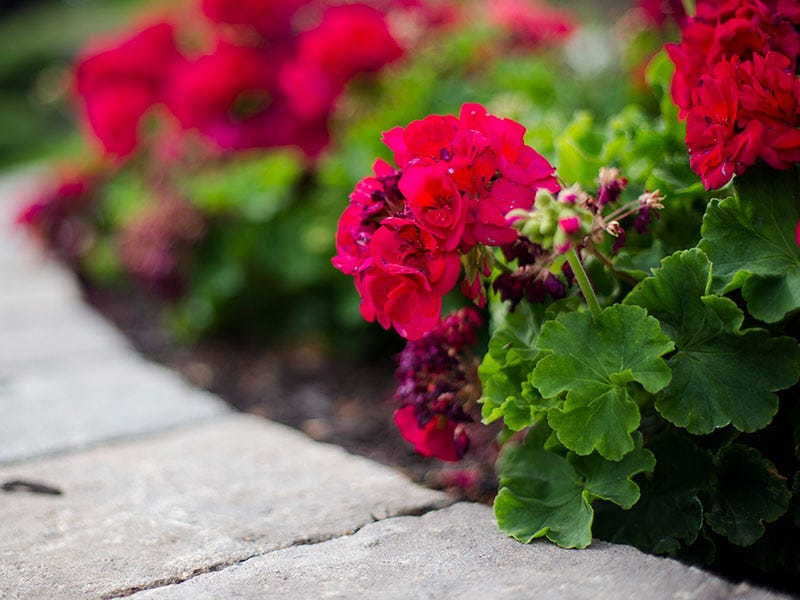Top 3 Ways to Make your Annual Beds BETTER

Prepping Soil for an Annual Bed
The best time to begin amending your soil for an annual bed is the fall BEFORE planting that bed. During this time you add compost, mulch, fertilizer and other vitamins and nutrients that may have been depleted during the growing season... and you make sure you have all the necessary tools to be successful. This will allow all of your soil amendments to "cook," or breakdown over the winter and become more bio-available during the next growing season.
You can do this by taking a soil sample to your local ag office, where they will do an analysis so you can mend your soil appropriately.
Prepping your Annual Soil Correctly
Not all plants are created equal. By this I mean between plant species and types, they will all require different levels of pH and nutrients in order to thrive... for instance read about blueberries in Montana--they need special prep, but to amend soil there are three things you need to look at:
- Nitrogen: There are many natural amendments you can add to your soil to improve nitrogen, from grass clippings to manure, nitrogen will help your plants grow up taller and green up.
- Phosphate: Phosphate is an organic compound that provides plants with phosphorus, a major nutrient to help establish their root systems and give them sturdy stems. To amend your phosphate levels naturally, use bone meal we stock it at our green houses.
- Potash (potassium): Potash (potassium) will increase the soil pH levels and is crucial were the soil is alkaline. You can use greensand, wood ash or banana peels to amend for potassium levels. But be careful! Too much potassium in the soil will change the pH, and is not recommend for acidic loving plants like hydrangeas.
One takeaway: If you want to be successful, check your pH level before amending your soil... and have the correct tools for the job!
